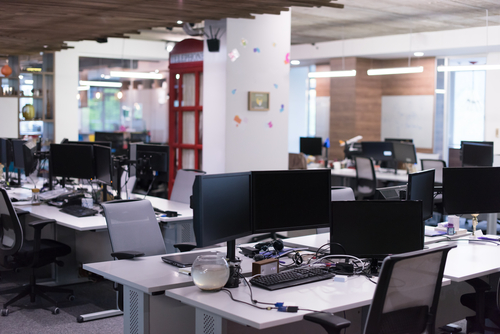
Whether you’re building or renovating your building, you need to plan your lighting or update the existing lights in your property. If you have a proper lighting plan in place, searching and buying the right light fittings, bulbs, and other materials become less stressful. You will also avoid lighting-related problems in the future if you have a well-designed lighting plan.
Read on for the steps on how to make a lighting plan design.
- Create a floor plan of the area. The floor plan of the area that needs to be lighted should include all the related information that will influence your lighting design. Here are the steps:
- Determine the area to be drawn – whether it’s a room or an entire building. If you’re making a lighting design plan for the whole building, consider the number of rooms and floors.
- After you choose the area, measure the walls, doors, and everything in it to make sure the floor plan is accurate. Scale accordingly.
- Don’t forget to add the placement of your furniture and appliances as these affect your design plan as well.
- With all these in place, you can then decide the amount of illumination needed in each area and where to position your lighting fixtures.
- Consider your tasks. After creating the floor plan of the area, it’s essential that you think about the functions of each room or part of the room and the appropriate light that’s needed there. Here are some examples:
- Task lighting offers focused light for specific tasks that are done in a room. For example, desk lamps are needed in your desk and a floor or wall lamp in your reading nook.
- The pantry and dining area need bright light, too.
- For the main working space in an office setting, LED lights such as those from L.E.D World work best.
- If a specific area has a couch for relaxation, consider adding soft mood lighting. The same goes for bedrooms.
- Warm lights suit the stairs and hallways.
- Incorporate ambient and accent lighting. Not all rooms and corners need super bright light. Incorporate ambient and accent lighting to add variety and interest to a room or building. Here’s the difference between the two:
- Ambient lighting – Ambient lighting is the most common type of lighting used in areas that do not involve focused tasks, such as the living room and receiving area. It gives ample illumination without the glare. Ambient lighting can be achieved with a variety of fixtures, including pendant lights, chandeliers, recessed lights, downlights, and just about anything that can provide a comfortable level of brightness.
- Accent lighting – If you want to focus on a particular object, such as an architectural design, artwork, or a display of products, then accent lighting is the best choice. It makes the illuminated object stand out and brings extra drama and visual interest to the space. Wall sconces, mirror lights, LED strips, track lights, and uplighters are a few examples of accent lighting.

- Make a budget. Your lighting plan design should also include your budget so that you can achieve everything that’s on your design plan. You can also make modifications in your plan to suit your budget, especially if you want to spend less. Here’s how:
- Determine how much you’re willing to spend on lighting.
- Check how many bulbs and light fittings you’ll need according to your lighting design plan and make a list.
- Visit a hardware store and note the prices of the materials you need. Allow room in your budget for additional materials that you may have missed to include in your list.
- Also, include the cost of labor as tasks of electrical nature need to be handled by professionals. Contact your trusty electrician and inquire for an estimate.
Planning your budget ensures that you don’t have to break the bank just to materialize your lighting design plan.
- Think about other factors. Take into account the following important factors when planning your lighting design:
- Positioning – You should have a general idea of how the lights will be placed. Whether they’re diffuse or directional, make sure you know how they are arranged and spaced to get the most out of your lights.
- Type – Keep in mind, different lighting fixtures function differently, and not all of them are suitable for all situations.
- Would you like LED lamps or halogen bulbs?
- Do you need daylight, warm white, or dim light, or do you prefer something that can be dimmed and brightened with a touch of a button?
- When you find the lighting fixture design, consider the beam angle as well – does it provide 45° or 160° illumination?
- Surfaces – Don’t take the surfaces for granted. When you’re making a lighting plan, always take a look at how the walls, carpet, ceilings, mirrors, and furniture reflect light in various ways.
Final Thoughts
A proper lighting design plan is a crucial part in planning your building construction or renovation. It can also have a significant effect on the look and feel of your property. Apply the practical tips above to get you started with your lighting design plan.

Be the first to comment